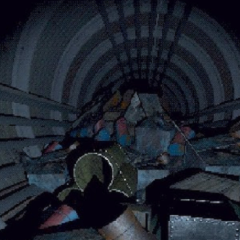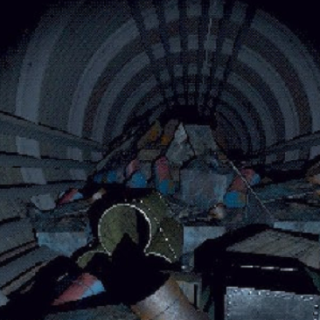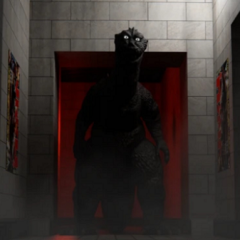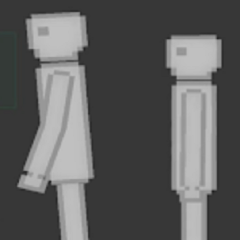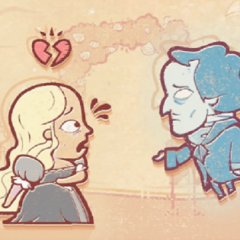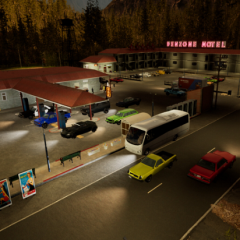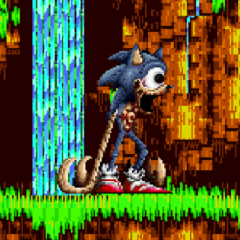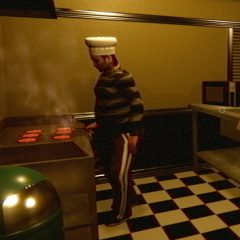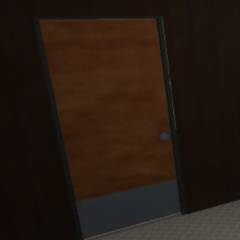Burial (DEMO) begins with a task that appears simple: Vasily Panin is hired to record a memorial service. The apartment where the wake is held seems ordinary, yet as the night passes, its walls no longer feel stable. The mourners leave or become unrecognizable, the coffin never opens, and doors that once allowed passage are now locked. What started as routine work becomes a search for meaning inside a confined space that resists explanation.
Gameplay Focus
The demo is short, running for about ten minutes, but it sets out clear expectations for what the complete version could bring. Players move slowly through the apartment, collecting small pieces of context while the environment changes around them. Instead of enemies or combat, the tension grows from uncertainty. Each step through a hallway or each attempt to examine furniture may lead to a new scene or trigger an unseen shift in the narrative.
Actions Available In Burial (DEMO)
Players are encouraged to:
· Explore the apartment thoroughly from room to room
· Notice background sounds that act as signals for change
· Revisit spaces to find new details after events occur
· Connect scattered clues to form personal theories
This structure makes even a short playthrough feel layered.
Audio And Visual Style
A strong emphasis is placed on presentation. The visuals echo the feel of an older Soviet apartment, showing aging materials and dim lighting. More important is the sound design: subtle knocks, faint echoes, and sudden silence act as key tools for building tension. The player experiences much of the unease through audio rather than direct visual scares, which shapes the overall rhythm of play.
What The Demo Suggests
Although Burial (DEMO) is brief, it plants questions that point toward a longer story. Why is the coffin sealed? What is preventing Vasily from leaving? Who, if anyone, remains in the apartment as time passes? The full release is expected to expand on these threads and extend the length to about an hour, giving more space for exploration and resolution. The demo, in this way, is less a conclusion and more an introduction to a larger work.

